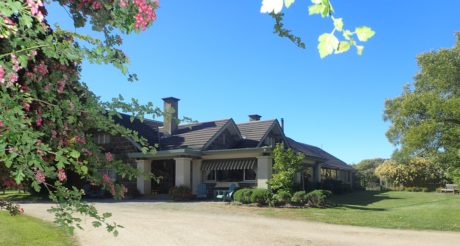“Twenty years from now you will be more disappointed by the things that you didn’t do than the ones you did do. So throw off the bowlines. Sail away from the safe harbour. Catch the trade winds in your sails. Explore. Dream. Discover.” — Mark Twain
I have long been interested in the phenomenon of curiosity. When I contemplate its meaning I realise that it comes from “presence”- being totally present in a given moment. Curiosity is an active meditation requiring an opening of the senses and a sharpening of the mind. The experience of being curious is a key ingredient to infusing life with meaning and purpose.
Curiosity is an orientation that seeks what is novel in a situation. It embraces uncertainty, rather than struggling for control. There is evidence that maintaining curiosity in old age protects against cognitive and physical decline.
I notice a sense of curiosity in the people I see at Enkindle Wellness. I often see a willingness to confront unfamiliar or challenging concepts and endeavours in order to seek a more meaningful and fulfilling life. This is an encouraging experience for me and for the people who come to my practice.
“Curious? Discover the Missing Ingredient to a Fulfilling Life” written by Dr Todd Kashdan is a book filled with studies and insights into curiosity.
Dr. Kashdan draws issue with the “happiness movement” as an end goal. He advocates curiosity as a more authentic path for a happy and meaningful life. Being curious requires an openness to the unfamiliar and to uncertain outcomes. If just being happy is your goal, then you are closed off from the possibility of unexpected outcomes. Curiosity requires not just an attentiveness to the potential of a given situation but also a degree of risk.
“When we experience curiosity, we are willing to leave the familiar and routine and take risks, even if it makes us feel anxious and uncomfortable,” said Kahsdan. “Curious explorers are comfortable with the risks of taking on new challenges. Instead of trying desperately to explain and control our world, as a curious explorer we embrace uncertainty, and see our lives as an enjoyable quest to discover, learn and grow.”
We can exercise curiosity by seeking what’s intriguing about our world … about why things are important to us….about people we think we know ….about relationships that challenge us…. or even someone we’ve been married to for 20 years!
One of the great barriers preventing us from delving into curiosity is fear. When faced with uncertainty or risk, it is much easier, and widely approved of, to stay confined in what is deemed to be safe. We are afraid to let curiosity take full reign. Sometimes we have to live with a little risk, fear or danger to become the individual, the family and even the nation we want to be.
By being curious about what lies behind obvious situations we invariably find that things are more complicated or complex than they appear on the surface. Perhaps a good measure of curiosity might lead to an equal measure of understanding and acceptance. If we can see the world as a big, complex environment, we might begin to appreciate our interconnectedness and, in turn, be curious about why our own problems and issues might be small and insignificant in the face of a much larger picture.
Being a “Curious Explorer”
1. Try to notice little details of your daily routine that you never noticed before.
2. When talking to people, try to remain open to whatever transpires without judging or reacting.
3. Let novelty unfold and resist the temptation to control the flow.
4. Gently allow your attention to be guided by little sights, sounds or smells that come your way.
Photo: Night sky at Sherbrook River, January 2020


